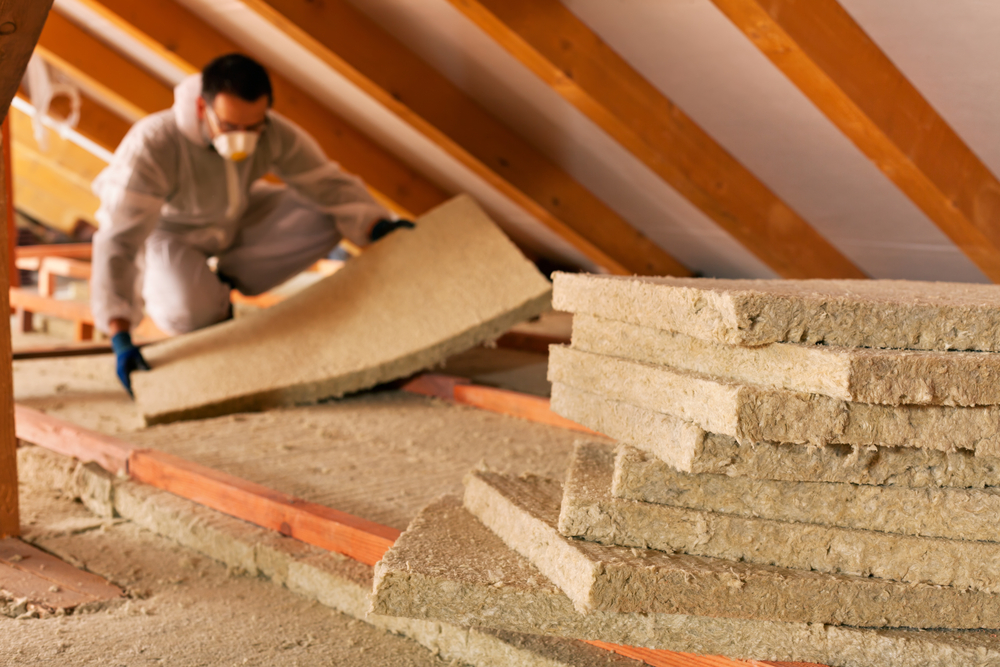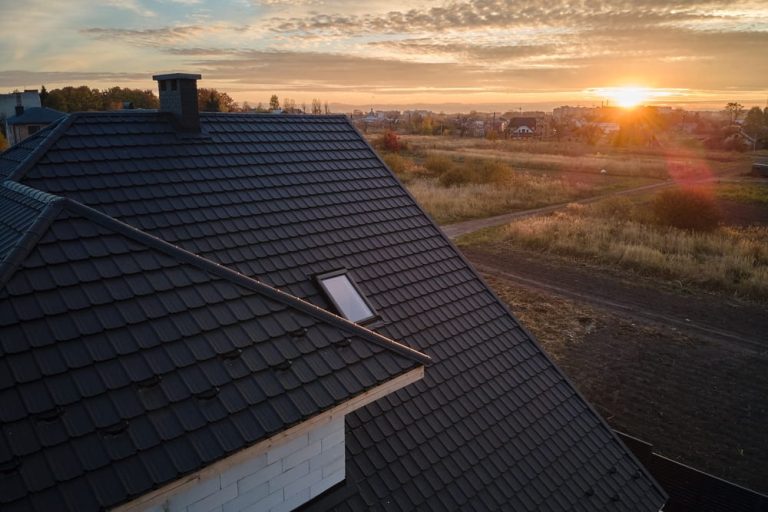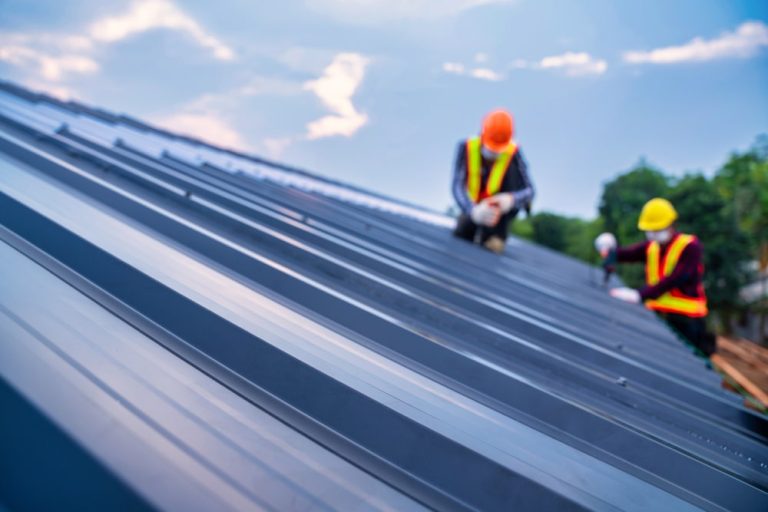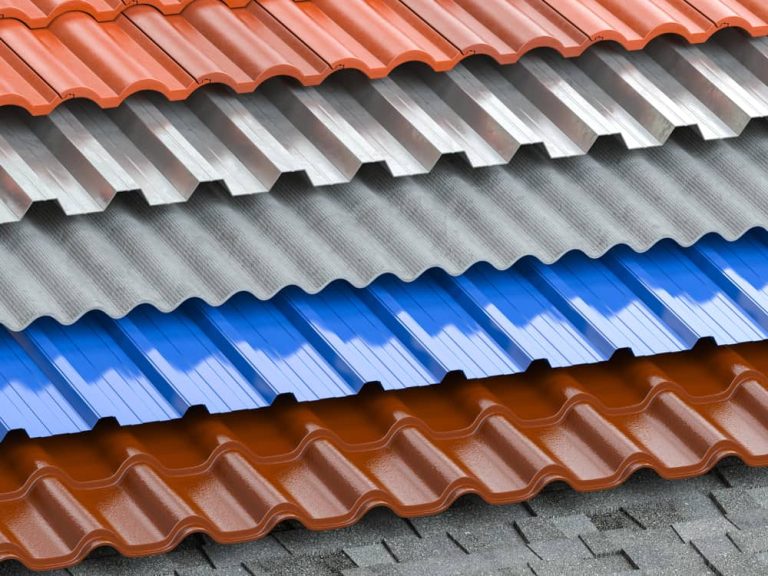Attic ventilation is essential for the overall health of a home, impacting everything from energy efficiency to the longevity of roofing materials. We often overlook the signs of poor attic ventilation, yet recognizing them is crucial for preventing costly repairs and maintaining a comfortable living environment. Inadequate ventilation can lead to a buildup of heat and moisture, which, if left unaddressed, may cause a variety of issues for homeowners.
We at Pinnacle Home Improvements have observed that one of the most telling signs of poor attic ventilation is the presence of excessive hot air in the attic space. This can make the upper floors of a home uncomfortably warm and lead to an overreliance on air conditioning, increasing energy costs. A poorly ventilated attic allows this hot air to become trapped, leading to issues like premature deterioration of roofing materials and roof decking. Furthermore, during the winter months, insufficient roof ventilation (even with ridge vents and intake vents in place) can cause ice dams to form on the roof’s edge, indicating that heat is escaping from the attic and melting the snow outside, which then refreezes. This also contributes to excess moisture buildup. To combat these issues and ensure proper ventilation, a balanced system of intake vents and ridge vents is crucial.
Another indicator of poor ventilation is moisture-related problems. We have found that when attics are not properly ventilated, humidity levels can rise, leading to condensation, mold growth, and even structural damage. Homeowners might notice dampness or frost on the underside of the roof or rust and corrosion on metal components within the attic. It is crucial to address these signs promptly to safeguard the home’s structure and indoor air quality.
Recognizing Signs of Inadequate Attic Ventilation
In our experience at Pinnacle Home Improvements, we’ve come to identify several tell-tale signs that indicate poor attic ventilation. It’s essential for homeowners to be aware of these symptoms to prevent common roofing problems.
Unusual HVAC Performance
- Increased Energy Costs: When attic ventilation is insufficient, you may notice a significant increase in your HVAC system’s workload. This often results in higher energy bills.
- Inconsistent Temperatures: Rooms directly below the attic may have inconsistent temperatures, either too hot in summer or too cold in winter.
Ice Dam Formation on Roof Edges
- Visible Ice Dams: One of the more apparent signs of poor attic ventilation is the formation of ice dams along the roof’s edges during the colder months.
- Shingle Damage: Ice dams can cause shingles to lift, leading to further damage and potential roof leaks.
Moisture and Condensation Issues
- Attic Condensation: If you see condensation on the underside of the roof or any surfaces in the attic, it’s a clear indication of poor ventilation.
- Rust and Corrosion: Metal components in the attic, such as nail heads, may show rust or corrosion due to excess moisture.
- Mold and Mildew: The presence of mold or mildew in the attic space often accompanies high moisture levels, which can compromise the structural integrity of your home.
The Science of Attic Ventilation
Optimal attic ventilation relies on a balance of airflow and temperature control to maintain a home’s efficiency and prevent damage.
Airflow Dynamics
We understand that proper ventilation is essential for maintaining air circulation in a home. Air enters through the vents located at the lowest part of the roof. This fresh air pushes the hot air upward and out through the ridge or roof vents. This cycle, known as the stack effect, relies on the principle that hot air rises. Ensuring this dynamic flow is crucial because poor ventilation can lead to moisture buildup and increases the load on cooling and heating systems.
Temperature Regulation
We recognize that temperature plays a significant role in attic ventilation. If an attic is not properly ventilated, the temperature can soar, which can lead to heat being transferred into living spaces, causing air conditioning systems to work harder. During colder months, warmth from the living spaces can accumulate in the attic, leading to snow melting on the roof and refreezing at the eaves, known as ice damming. Our approach to maintaining an even temperature throughout the year is to establish a consistent ventilation process that prevents extreme temperature variations.
- Summer: Vents reduce heat buildup, improving AC efficiency
- Winter: Vents minimize warm air accumulation, preventing ice dams
Evaluating Your Attic’s Ventilation System
To ensure a home remains healthy and efficient, you must pay close attention to your attic’s ventilation system. Proper inspection helps to prevent moisture buildup and regulate temperature.
Inspection Best Practices
When inspecting the attic, adhere to a systematic approach to uncover signs of improper attic ventilation. The checklist includes:
- Visual inspection of soffit vents for blockages such as bird nests or debris.
- Checking for dampness or frost on the underside of the roof sheathing.
- Looking for rust on nails, which indicates excessive moisture.
- Examining the attic insulation; wet or compressed insulation may signal inadequate ventilation.
Tools and Techniques
You can use an array of tools to thoroughly assess your attic’s ventilation:
- Thermometers measure the temperature variance between the attic and the outside.
- Humidity meters detect the moisture levels in the attic.
- Smoke pens or incense sticks help in tracing airflow patterns around vents and other openings.
- Anemometers can gauge the wind speed flowing through the attic to determine if ventilation is sufficient.
Solutions for Improving Attic Ventilation
Improving proper attic ventilation can alleviate many common roofing problems such as heat buildup and moisture accumulation. We will focus on practical upgrades and the importance of proper sealing and insulation. Ultimately, proper ventilation helps reduce your heating and cooling costs.
Ventilation Upgrades
To combat poor roof ventilation, it’s essential to assess current vents for their effectiveness. Most attics should have a balance of intake and exhaust ventilation to facilitate proper airflow. You can consider adding or upgrading the following:
- Soffit Vents: These allow air to enter the attic at the lowest point of the roof.
- Ridge Vents: Running along the roof’s peak, they let out hot, humid air.
- Gable Vents: Placed on the exterior wall’s peak, they aid in cross-ventilation.
- Powered Attic Ventilators: These fans enforce air exchange but should be used judiciously, as they can sometimes create negative pressure problems.
A common roofing problem is insufficient venting, which can be resolved by upgrading or installing new vents to ensure there’s a continuous air flow. This involves calculating the necessary vent area required for the attic space, typically 1 square foot of vent area for every 150 square feet of attic space, to decide on the number and type of vents needed.
Sealing and Insulation
Ensuring the attic is properly sealed and insulated is crucial in preventing conditioned air from escaping and reducing the risk of moisture issues that can lead to roofing problems. Here’s how to address these areas:
- Attic Floor Sealing: We identify and seal any gaps or openings in the attic floor to prevent warm, moist air from the living space below from entering the attic.
- Insulation: Upgrading insulation helps maintain temperature control. It’s imperative to use the correct insulation R-value, which is a measure of the material’s resistance to heat flow.
- Vent Baffles: Installing these ensures that insulation doesn’t block soffit vents, which is essential for proper attic ventilation.
Adequate insulation also prevents heat transfer to the roof, which can melt snow and cause ice dams-a roofing problem many homeowners face. Insulation should be evenly distributed, without any gaps or compression, as this can significantly reduce its effectiveness.
Professional Services and When to Hire
When attic ventilation issues arise, it’s crucial for homeowners to recognize the need for professional intervention from roofers. We at Pinnacle Home Improvements recommend enlisting expert services to ensure the optimal performance and longevity of roofing systems.
Finding the Right Contractor
Selecting a competent contractor is pivotal to address common roofing problems effectively. When searching for a contractor, we advise homeowners to:
- Verify licensing and insurance.
- Look for experience with attic ventilation systems.
- Ask for references and check reviews.
- Ensure they conduct a thorough inspection and offer a detailed quote.
A reputable contractor will diagnose problems such as blocked vents, insufficient airflow, or damaged soffits and will provide a tailored solution.
Preventive Maintenance Plans
To prevent common roofing issues, we advocate for routine preventive maintenance. Consider enrolling in a maintenance plan that includes:
- Regular Inspections: Bi-annual inspections to detect early signs of ventilation issues.
- Maintenance Work: Scheduled upkeep of vents, soffits, and other critical components.
- Priority Service: Expedited attention in the event of severe weather or unexpected damage.
Preventive maintenance can significantly extend the life of your roof and prevent costly repairs due to poor attic ventilation.














